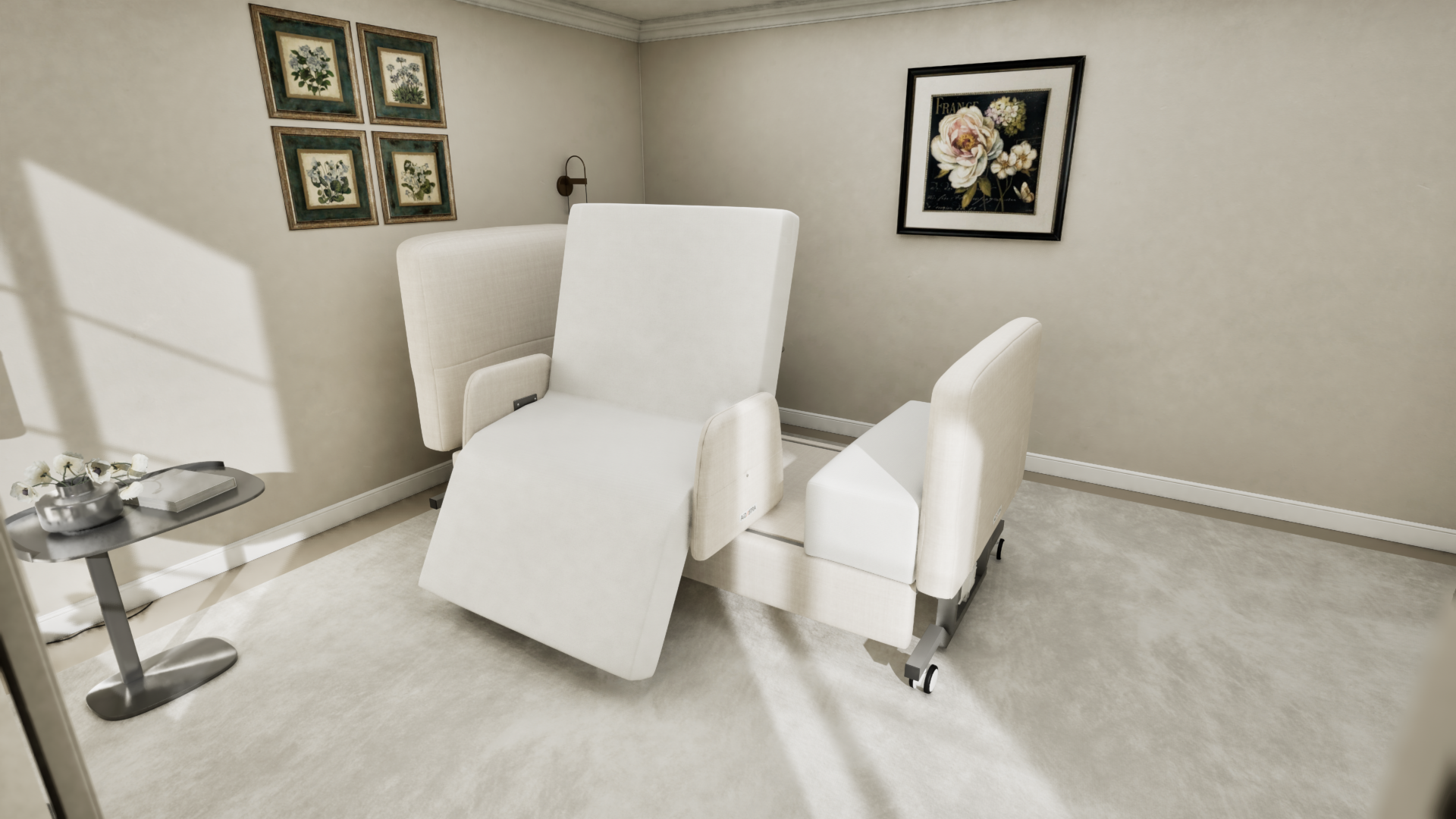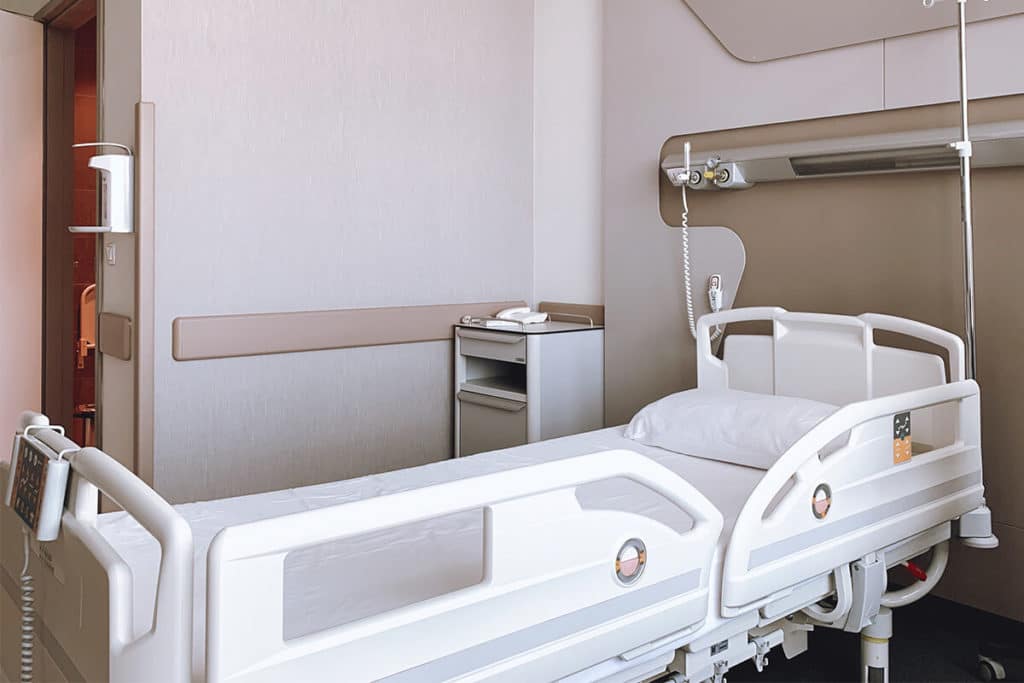Things about Hospital Beds For Home Use
Things about Hospital Beds For Home Use
Blog Article
Things about Hospital Beds For Home Use
Table of ContentsEverything about Hospital Beds For Home UseAll about Hospital Beds For Home UseSome Known Factual Statements About Hospital Beds For Home Use Some Of Hospital Beds For Home UseRumored Buzz on Hospital Beds For Home UseThe Greatest Guide To Hospital Beds For Home UseThings about Hospital Beds For Home Use
There are 3 major kinds of hospital beds: guidebook, semi-electric, and fully-electric. More types of medical beds exist and they are provided below. These beds make use of hand cranks to adjust the bed's height and raise and reduce the head and the foot. Hand cranks are commonly found at the foot of the bed and call for a person that is literally with the ability of operating.
Semi-electric beds have an electrical motor to raise and lower the head and foot portions of the bed (hospital beds for home use). Full-electric beds have an electric motor that can raise the head and foot areas of the bed as well as the entire height and positioning of the bed.
Our Hospital Beds For Home Use PDFs
Some versions can also relocate into more settings, such as the Trendelenburg (tilt) placement. There are several kinds of medical facility beds, each designed to satisfy specific person needs. Here are some typical types: This is the most common type of medical facility bed, developed for basic clinical usage. It has a handbook or electrically adjustable headrest, footrest, and elevation.
Reduced to the ground than a basic bed. This kind of bed is created for larger patients, with a broader structure and greater weight ability than a conventional bed.
This kind of bed is made for critically unwell individuals that need open surveillance and specialized medical tools such as ventilators and infusion pumps. This sort of bed is developed for usage during labor and distribution, with adjustable settings and attributes to support the mommy and baby throughout the birth procedure.
All About Hospital Beds For Home Use
Several feature and the devices do increasing grip to different parts of the vertebra and the extremities without relocating the body. These are simply a couple of instances of the kinds of medical facility beds offered. The details sort of bed made use of will depend on the individual's problem, clinical requirements, and other aspects.
Below is things you require to understand. A one-function health center bed is a clinical bed that permits a person to relocate just the head or foot section up or down. A 2 function healthcare facility bed typically describes a kind of clinical bed that has two adjustable features to aid clients in medical facilities or care facilities.

Top Guidelines Of Hospital Beds For Home Use
A 7-function ICU bed is a kind of medical bed that offers several flexible functions to sustain critically unwell clients in an extensive care system (ICU) (hospital beds for home use). The 7 functions generally consist of: Backrest adjustment: The back-rest can be adapted to different angles to aid the person stay up or exist down comfortably
Height adjustment: The bed can be increased or decreased to make it simpler for clients to get in and out of bed, and for caregivers to provide care. Trendelenburg position: The whole bed can be tilted to promote blood circulation and circulation in the body. Reverse Trendelenburg setting: The bed can additionally be tilted in the opposite instructions to promote blood flow and flow in the upper body.
1. What Size is a Hospital Bed? 2. Just how much Does a Hospital Bed Cost? 3. Why Do Health Center Beds Have Side Bed Rails? 4. What Are The Main Medical Facility Bed Components?. While even more affordable than electric versions, these beds require physical effort for modifications. The primary benefits of hands-on beds are their cost and integrity, as they do not depend on power. However, the need for hands-on initiative can be a constraint in situations where quick adjustments are essential or where caretakers encounter physical obstacles.
The Best Guide To Hospital Beds For Home Use
Semi-electric hospital beds use an equilibrium of manual and electric controls. These beds offer an ideal middle ground between manual and fully electrical choices, using convenience of use without the complete price of electric designs.
Semi-electric beds are fit for clients that require modest adjustments to the head and foot sections however can take care of without frequent height modifications. This makes them a cost-effective remedy for those seeking convenience and ease without the need for constant repositioning. Completely electrical medical facility beds include electrical controls for seamless adjustments to the height, head, and foot sections.
Specialty healthcare facility beds, such as ICU beds, lasting care beds, and bariatric beds, are carefully created to resolve details clinical demands. These beds offer tailored care for diverse patient groups, improving both outcomes and comfort. In the following sections, we will explore the main sorts of specialty medical facility beds, outlining their particular benefits and applications.
With years of experience in making electrical linear actuators - hospital beds for home use and close partnership with the health care market, TiMOTION is well-positioned to supply reliable health care remedies. Our up and down integrated company handles every action of the production process, from design to actuator assembly, guaranteeing we provide phenomenal worth and customized services tailored to your details requirements
Excitement About Hospital Beds For Home Use

To find out more about integrating these innovations right into your items, contact us today. Further analysis:.
Information is sourced from the Medicare Price Report.

The Ultimate Guide To Hospital Beds For Home Use
A medical facility bed is a bed created especially for medical purposes. It is not just a location for individuals to relax, yet also a platform for medical operations. Unlike normal home beds, medical facility beds generally have adjustable features, which can help with medical personnel to make different modifications according to the requirements of people, such as transforming the height, inclination, and support angle of the back and legs of the bed.
Report this page